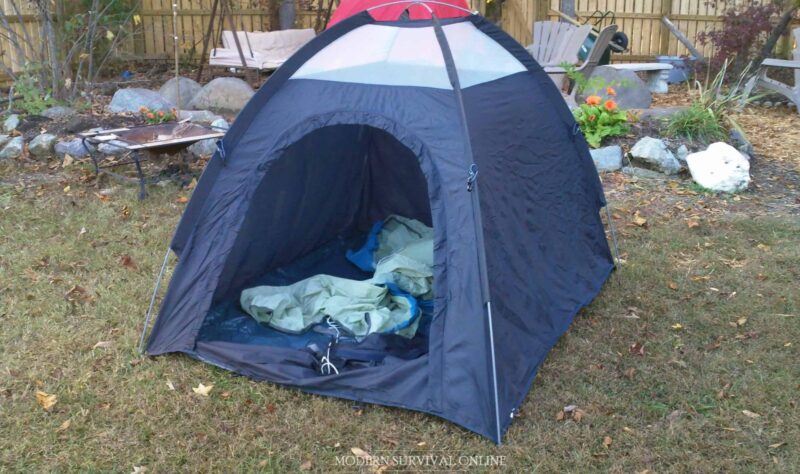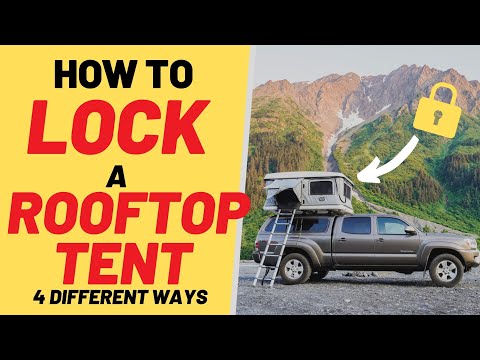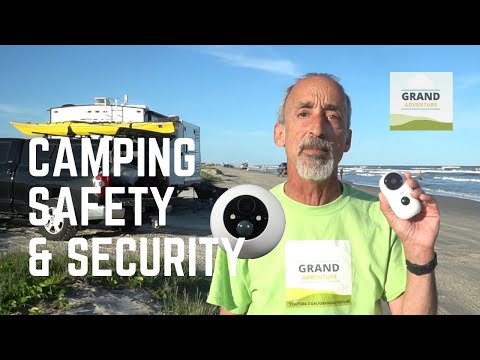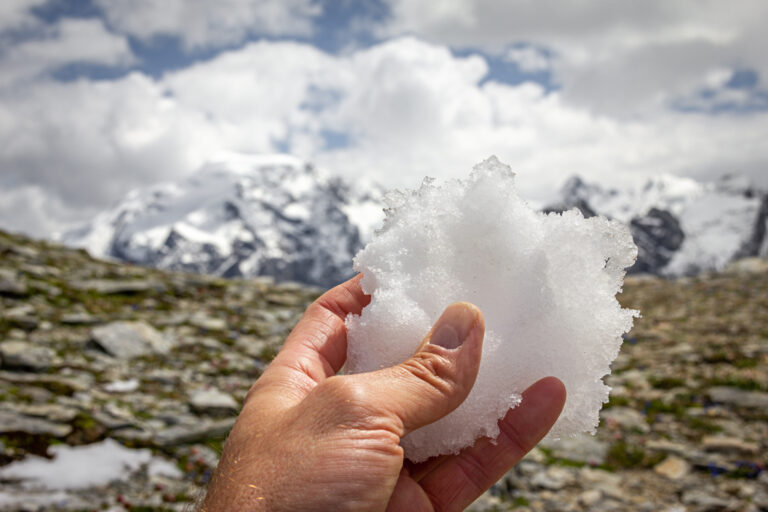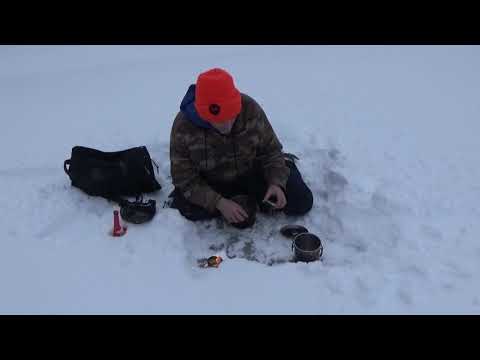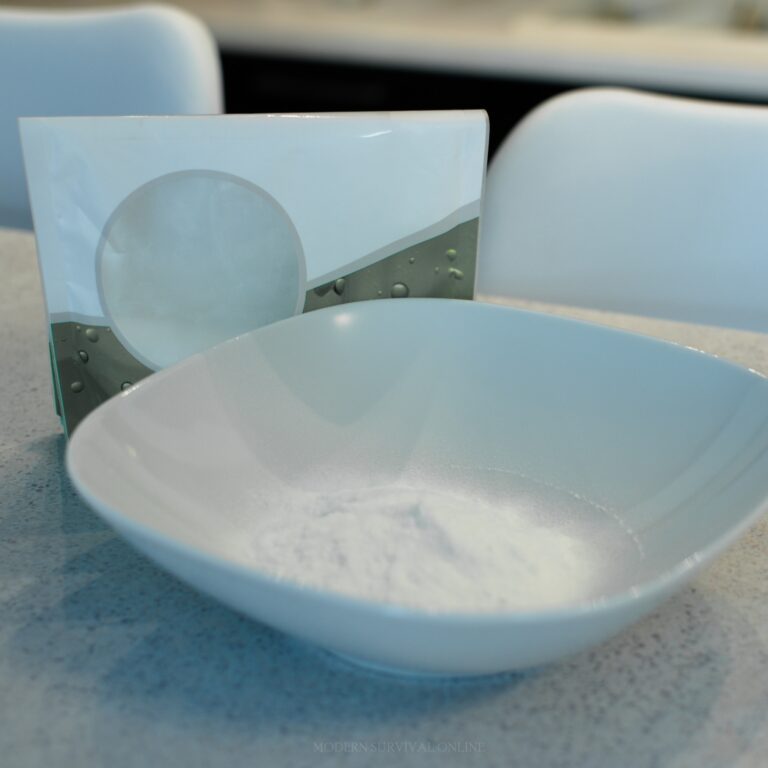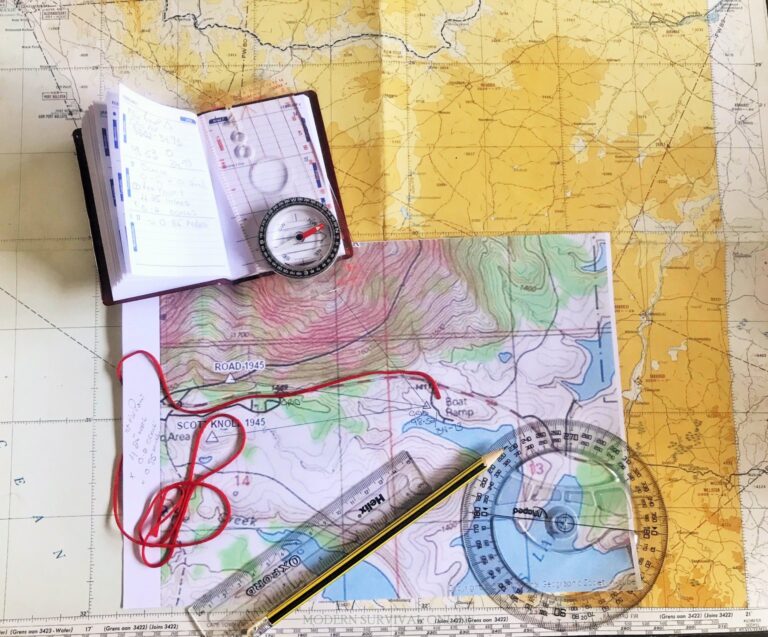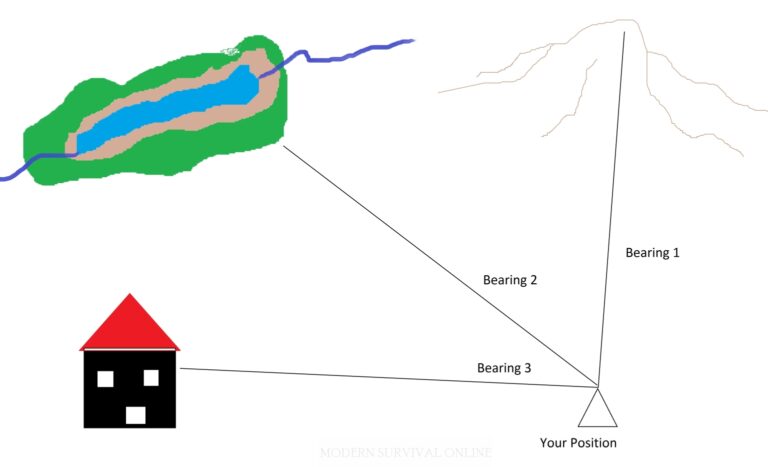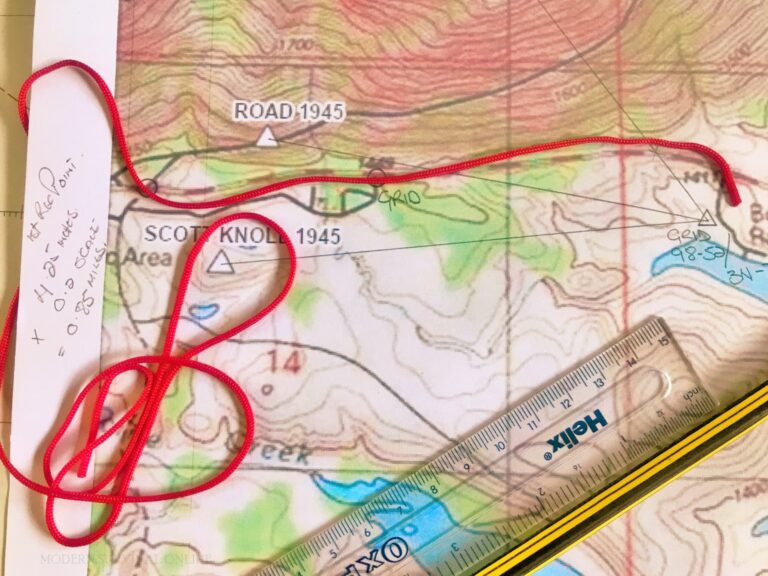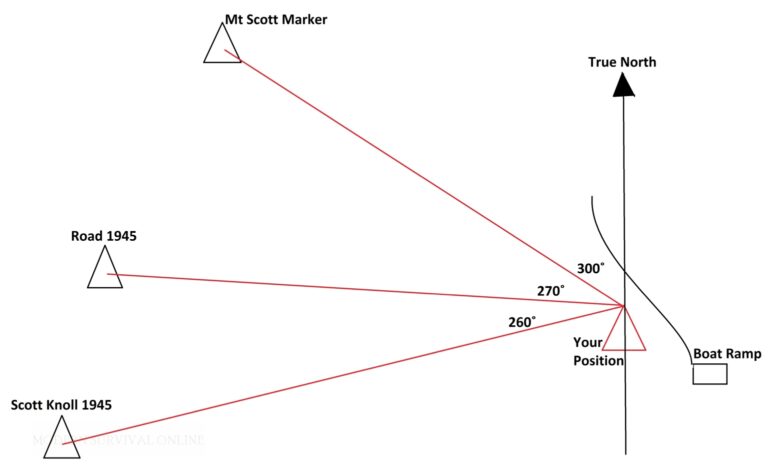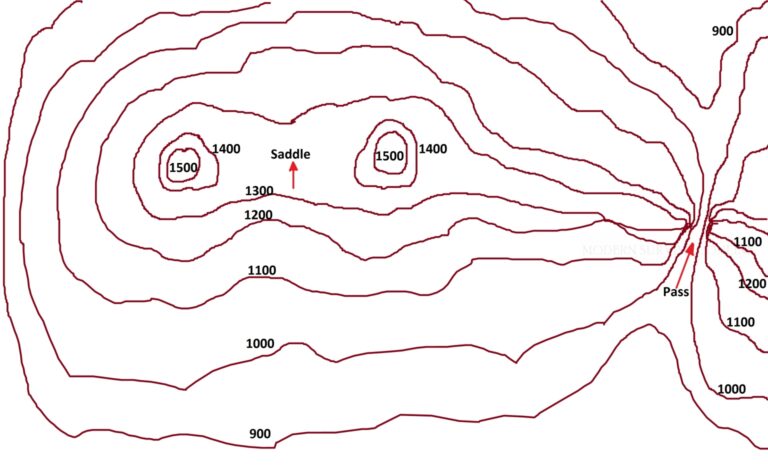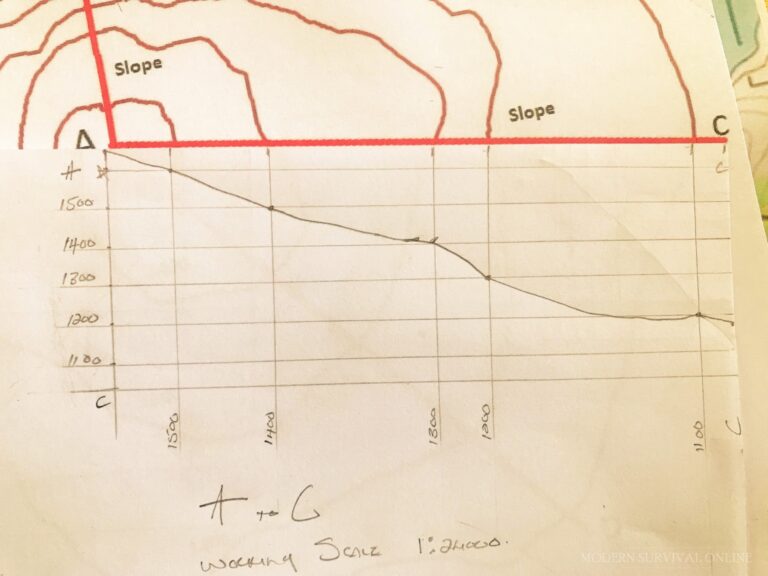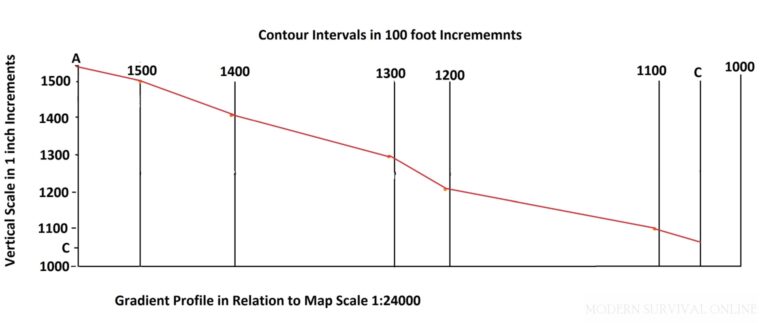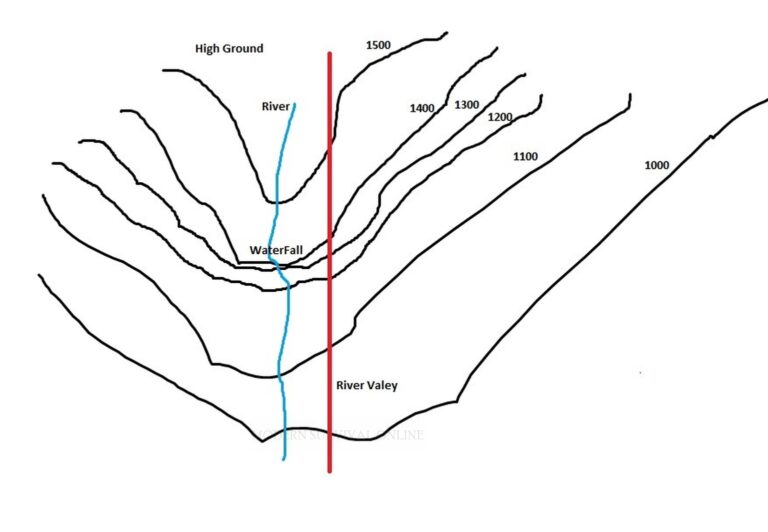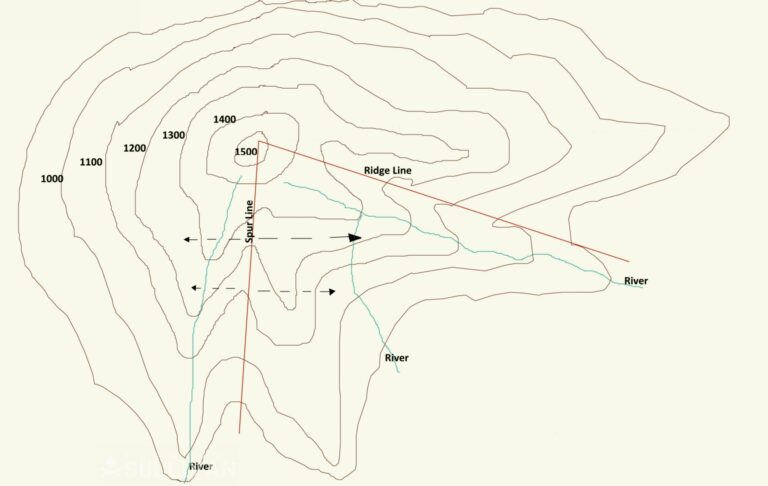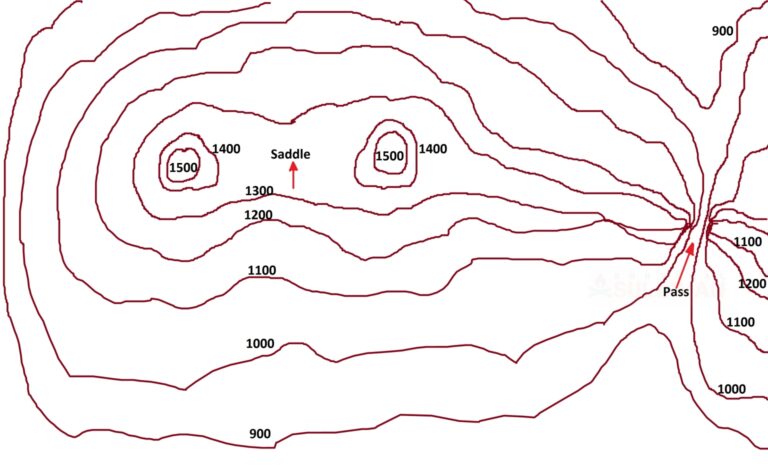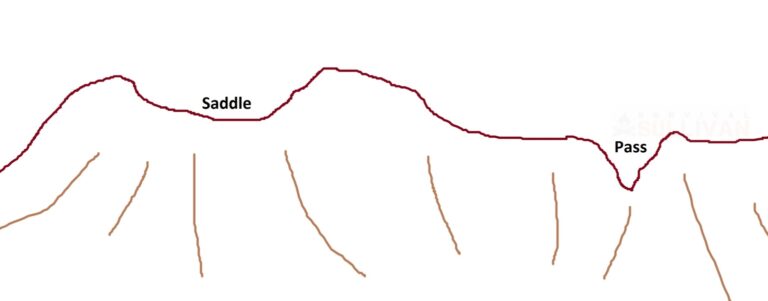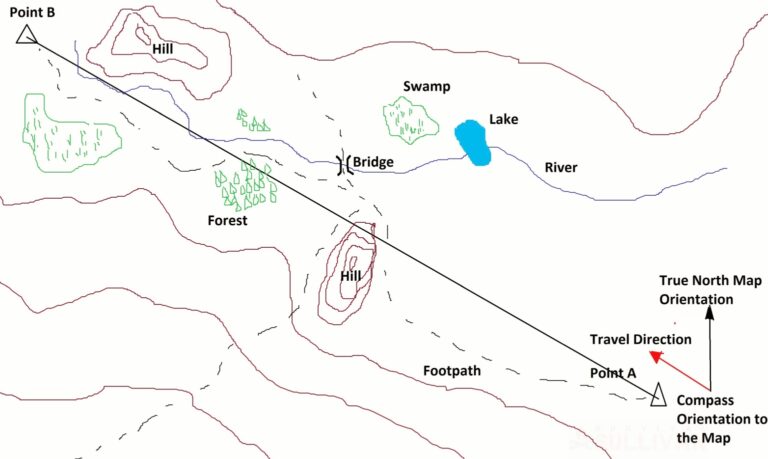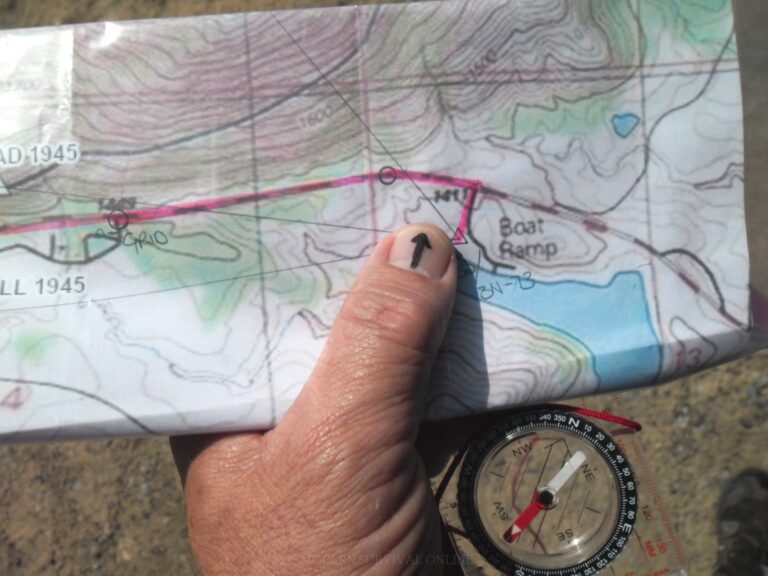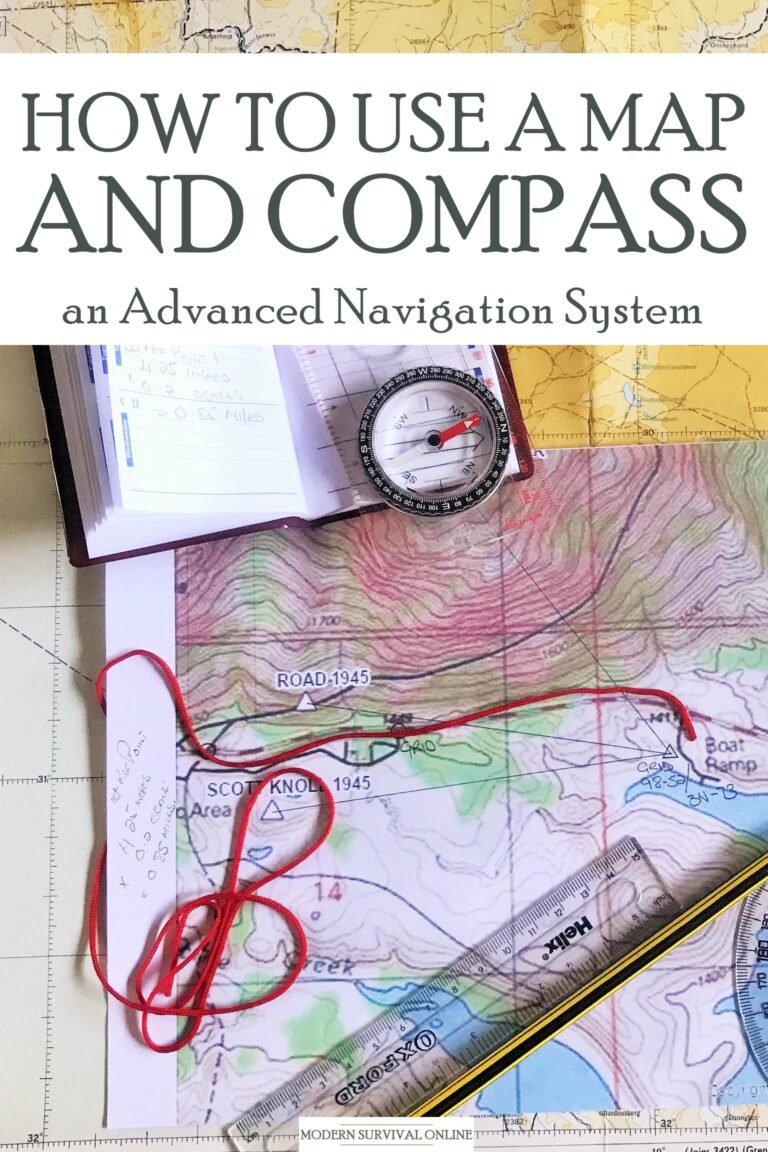For most of us, especially people who are planning to bug in during most survival situations, having the capability to provide reliable electricity in the absence of public utility grids is a worthwhile goal.
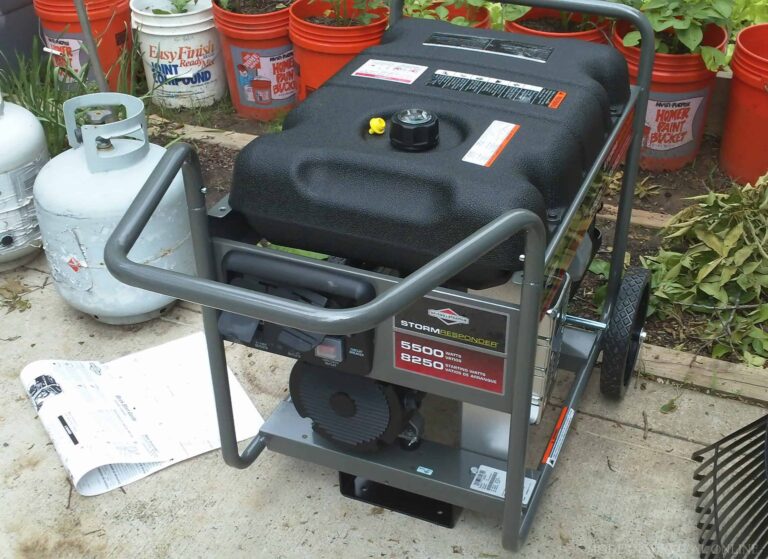
Electricity is far more than a luxury made possible by modernity: it is overwhelmingly responsible for providing climate control, food preservation, and more essential capabilities.
Having electricity means you can keep vital medicine cold, keep your now-precious food from spoiling, and beat the ever hostile outside climate.
Not for nothing, it will also keep the lights on and the darkness at bay!
But as you have already inferred, you cannot rely on an increasingly fragile and decrepit public power network to hold up to the stresses and destruction of a major disaster.
Resulting from a natural weather event or other catastrophe, or from purely man-made destruction you can bet your bottom dollar that one of the first casualties in any SHTF emergency will be the power supply.
But, as preppers, we know that every single thing that we want, everything that we depend on, is purely on us to provide.
Electricity is no different, and though you probably cannot install and much less run regional power infrastructure yourself you can do it on a much smaller scale with household or personal emergency power generation systems.
Today we will take a look at seven reliable sources of emergency power that you can depend on to keep your devices charged, your appliances running, and lights burning brightly.
Go Big or Go Mobile
In stark contrast to eras gone by, the generation of electricity is no longer limited to massive, building-sized installations that can take advantage of favorable terrain features, natural phenomena.
Preppers and ordinary citizens can now both enjoy power on the go or in austere environments using nearly the entire spectrum of electrical generation technologies.
For virtually any power requirement, device or personal situation there will be at least a couple options that will serve your needs beautifully and reliably.
If you are planning on bugging in and riding out the worst of things in your own home, you’re probably only worried about keeping power flowing into your house whatever else has happened.
That is certainly a valid approach, too. But I would like to point out that this is not just a matter of personal preference, or an obvious choice based on your default SHTF response plan.
There is a clear case to be made for making use of both forms of power generation as part of a well-rounded, holistic readiness lifestyle.
You should be able to rely on smaller, portable electrical generators for on-the-go or in the field feeding of your devices, and whole house or fixed site systems for powering larger appliances and “survival critical” equipment.
Neither of these options to find your identity, so why can’t you use both?
A person who is committed to bugging in might find themselves forced to grab their BOB and flee into the night, despite their best efforts, and when that time comes they will be damned glad they brought along some portable power sources.
The reverse might be true for a prepper who is always on a “hair-trigger” toward bugging out, as the best solution might obviously be to stay put.
In that case, being able to rely on their in-home infrastructure per usual would be a huge advantage.
Regardless, consult the list below and you are bound to find at least two power sources that will serve you well.
7 Reliable Alternate Power Sources in an Emergency
Gasoline / Diesel Generator
A backup, liquid-fueled generator utilizing gasoline or diesel is probably the quintessential backup power source most people think of when it comes to disaster preparedness.
In theory, all you need to do is fire up your generator, flip a switch to supply the generator’s power to your house, and you’ll be able to run your home more or less like normal in the aftermath of a disaster.
In practice, there’s quite a bit more to do to keep a liquid-fueled generator viable as a standby source of electricity.
Obviously, they require fuel and modern fuels, particularly gasoline, don’t have lengthy shelf lives unless you treat them with additives and special storage requirements.
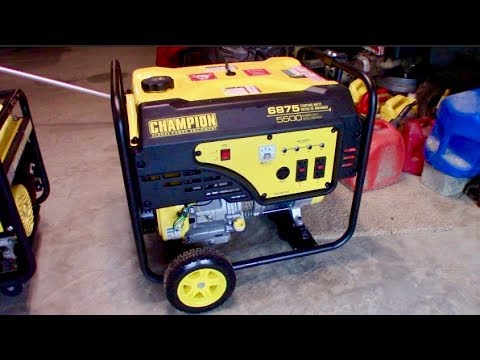
The generators themselves require maintenance, inspection, and careful integration into your home’s electrical system.
Not for nothing, they are also popular targets for theft, so you’ll have to take pains to secure them.
In operation, they are noisy, smelly, and (if not being run outside) generate significant exhaust fumes that must be properly vented to prevent the creation of a hazardous condition.
However, despite these shortcomings they are one of the best overall solutions for reliable, on demand power, requiring only fuel in order to create electricity in the bargain.
These generators are one of the few consumer options capable of reliably powering the largest and hungriest appliances, including refrigerators and air conditioners.
There are portable generators that are reasonably mobile if being moved by a vehicle or by a team of men, but there are very few that are truly man-packable.
The good news is, however, that generators are available in all kinds of sizes, from compact, “essentials-only” residential models to gargantuan standby generators that can power entire complexes, limited only by their lengthy “up” times and the supply of fuel on hand.
These should be one of your first considerations for all around preparedness, especially if most of your plans revolve around bugging in.

Battery Bank
If you want to get technical, batteries in all their many shapes, sizes and formats are power storage devices, not power generation devices, but they are still a source of power for you and your personal electronics and appliances so long as they are charged.
In this capacity they are one of the very best on demand options that you can use.
Nominally, all you need to do is flip a switch or plug in directly to make use of the electricity stored in an inappropriately set up battery or battery bank.
When it comes to battery banks, most preppers immediately think of the small, compact units that serve as a good accompaniment to a smartphone or laptop, something that can extend your up time while away from a power outlet.
These handy, reliable devices are also just the ticket for recharging radios, GPS sets and any other portable device.
However, larger, whole house battery banks consisting of deep cycle batteries can store a remarkable amount of power, enough to power major appliances sparingly or an entire home’s worth of low-drain fixtures for quite a while.
Although seemingly complex when looking at them as a layman, these systems are easily understood and comparatively easy to install, even as a seasoned DIY-er.
They’re the perfect complement to genuine power generation equipment in any form, and the overall boost in efficiency provided by capturing surplus power that would otherwise be wasted cannot be overstated, especially for long-term survival scenarios.
Even better, a properly set up battery bank can instantly switch on and maintain the supply of power to dependent electronics when primary power fails, meaning you won’t lose crucial data or risk any sort of mishap that might damage the equipment in question.
Anyone who has ever lost a refrigerator to a power surge or brownout knows how disappointingly common that event can actually be!
Battery banks, large and small, do require a little bit of know-how and some particular maintenance to ensure reliable operation but the benefits far outweigh the investment of time and knowledge.
Solar Array
Solar power systems are the current darling of nature-loving, green energy zealots.
Though these systems are probably not quite ready for prime time as reasonable, regional power production facilities, you should not let their association with climate bullies and duplicitous politicians dissuade you from making use of this mature, reliable and effective technology for home and field use.
Simply enough, solar charging arrays make use of one of the most copious and reliable sources of energy around to generate electricity suitable for use in a variety of settings.
It’s all in the name: that energy source is of course the sun, or rather the rays emitted by the sun.
When the sun’s rays strike the solar cell they are converted into electricity, and either immediately transmitted to devices that need them or, somewhat more commonly, stored in an onboard or separate battery for later use.
The advantages of this system are obvious. The sun’s rays are effectively free for the taking, and the only thing this system requires for success (so long as it is in a good state of repair) is a clear view of the open sky during daylight hours.
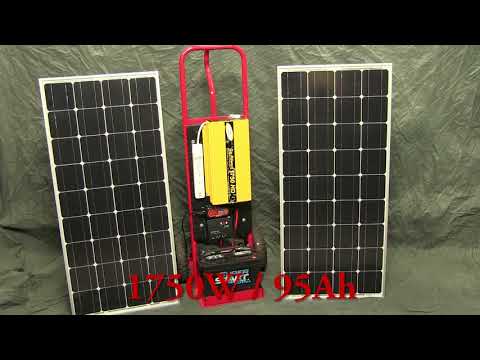
Modern solar systems, even compact, portable ones, are surprisingly efficient and can rapidly recharge all sorts of power hungry devices and are reasonably quick when the time comes to refill big, energy-dense batteries.
There are some fairly obvious drawbacks to these systems, however, but everything is a trade-off in the end.
They obviously do less than no good at night, and their effectiveness, not to mention their speed, is greatly hampered in overcast weather, or if you are unable to periodically babysit the charging array and keep it pointed square and plum directly at the sun.
But, residential solar systems show considerable promise, either as separate arrays for larger parcels, or integrated into your home’s roof, a fairly seamless installation.
They can function to greatly reduce your monthly utility bill in normal times, recharge an attached whole house battery system, or provide a reasonable amount of standalone power in case of a grid down scenario.
These systems really shine, pardon the pun, in places with a high UV index, particularly the American Southwest.
Wind Turbine
“Windmill” power generators, more properly called wind turbines, are another greatly beloved concept that is constantly peddled as the cure to all of our woes by the legions of climate hystericals.
Again, despite their inadequacy as a replacement for fossil fuel power plants on a regional level, the technology does have quite a few merits for clever preppers, and you should not let political debate over these systems blind you to what they can do for you on an individual level.

Windmill power generators work by, obviously, harnessing the wind, and turning kinetic energy into electrical energy.
Though they can be surprisingly productive, wind turbines are at best an intermittent source of power, being completely dependent upon a sustained, peak level of wind in order to function properly and produce usable electricity.
If the wind isn’t blowing, they aren’t generating power, and even in traditionally windswept places there will be days where the wind is inadequate or absent entirely.
On the other hand, the wind will blow even at night or on cloudy days, and this might result in better net energy generation in certain circumstances compared to solar systems.
Wind turbine technology is well understood and generally reliable, and in total makes wind turbine power generation inadequate for sustained production but great as a supplemental source of power.
Additional problems with wind turbines include the difficulty in balancing their lifespan and fatigue factors against the energy they are likely to produce.
They can wind up being a “loss leader” when it comes to expenses if not properly maintained or in place.
Though these systems are iconic, and everyone is familiar with the sight of enormous, three-pronged rotors dotting the landscape everywhere from Texas to Northern Europe, portable versions do exist, and are a viable choice for preppers, especially those in wide open places where wind is ample.
Used on a small scale like this, they function somewhat better and more reliably as they are able to generate levels of electricity meaningful for an individual fueling a couple of devices compared to depending on them to power entire cities.
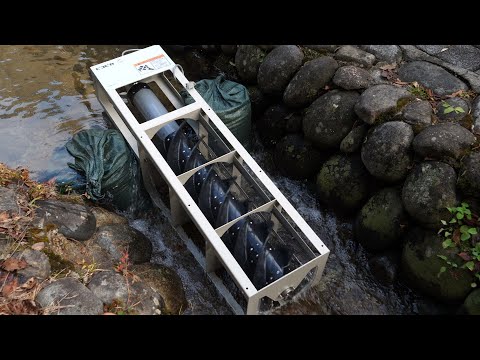
Hydroelectric Generator
Out of all the naturally sourced power available, hydroelectric generation is generally the most consistent, and one of the most productive, forms.
Once again, hydroelectric generation converts kinetic energy to electrical energy by way of a turbine, and since the force of moving water is often substantial hydroelectric generation proves to be the go-to for large scale or energy-intensive applications.
In a civil setting, we typically think of dams when we think of hydroelectric generation, with such iconic structures as the American Hoover dam and China’s Three Gorges dam standing out in the popular imagination.
No doubt, they are monumental works of engineering, and also responsible for producing the majority share of power for consumers in their area.
The advantages of hydroelectric power are that it works pretty much around the clock, assuming the equipment is in a good state of repair, so long as the water is moving.
As most of us already know, this is more or less a constant assuming drought conditions are not a factor or some other mishap has, somehow, diverted or stopped the flow of water from reaching the turbines.
Freezing conditions are one such natural occurrence that could prove to be a showstopper for hydroelectric generation!
It is easy to understand why some people would think that the utilization of hydroelectric power is beyond an individual, but that is just not true any longer.
Hydroelectric power is available to consumers at a structural or whole house level, and even on a portable level.
Integrating hydroelectric power into an existing structure reliably is mostly a matter of having the good fortune to be located near a sizable and swift moving river or waterfall.
On an individual level, portable hydroelectric turbines prove to be compact, lightweight and ready for deployment into the nearest stream or river that you are camping near, channeling electricity back to your battery bank via means of a long, waterproof cord at any time, day or night.
Though highly circumstantial and obviously totally dependent on the presence of moving water, hydroelectric generation is one of the most consistent and robust forms of power generation available to preppers today, even for emergencies, and should not be underestimated.
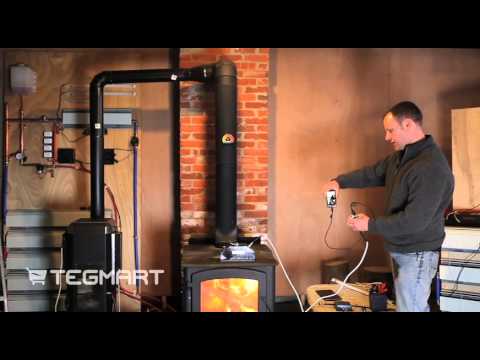
Thermoelectric Generator
Thermoelectric generation functions on the principle of converting heat energy into electric energy, and in practice is highly adaptable to a variety of circumstances and other operations.
Anything from wood to trash can be burned in order to harvest electricity from the flames, and this is another technology that is surprisingly scalable, being used in massive industrial settings as well as the smallest, packable thermoelectric stoves for hikers.
The single biggest problem with thermoelectric generation is that, even with the best available technology in application, it is not particularly efficient.
That being said, this is not just a math problem to be solved, as the true net gain for settlements (as well as individuals) can be substantially higher if a burning process was already underway for some other purpose and thermoelectric power generation is incorporated as a way to get more “bang for your buck”.
In an industrial setting, or even a traditional power plant, thermoelectric generation can make use of what would otherwise be waste heat.
For individuals, this could be something as simple as a basic camping stove burning twigs and other debris for boiling water, or preparing dinner also fueling an onboard battery pack or charging a device directly.
One should not discount the sheer amount of burnable fuel in a given area. This technology is far more viable, and sustainable, in certain places compared to others.
One quirk of thermoelectric generation is that it seems to produce the best results at either end of the scale, either small scale, individual production or large scale, regional production.
Setting up a thermal electric generator system for a house or single structure is possible, and quite a few people do it in remote places, but you’ll be burning literal tons of fuel for comparatively little useful electricity in a setting where you’re running any major appliances. That fuel might be better spent as firewood or something else.

Manual Crank Generator
All of the power generation methods on this list require something in the bargain before you get electricity out of them. That’s physics, man.
And aside from liquid-fueled generators, drawbacks inherent to each of them could prevent you from creating electricity at the instant, should you need it.
There is one type of generator that can provide electricity on demand so long as you’ve got the muscle, and those are manually cranked generators, sometimes called dynamos.
These generators work very much as you are probably thinking.
Depending upon the size of the unit in question, they can be cranked by hand, both hands, pedaled like a stationary exercise bike or even driven round and round by two or more people using a contraption that looks for all the world like a giant hamster wheel.
This is one category of generator that only lends itself to personal and structural use, they simply are not scaled up any larger since they are human operated as a rule.
The most common units in this category by far are the compact, hand-cranked types that are used to fuel personal electronics or recharge small power banks.
You have probably already seen these, and might already own one, in the form of a hand-cranked emergency flashlight, or modern emergency radio.
The radios for years have featured a hand crank for its own power source, but increasingly send surplus power to an onboard battery that can be used to recharge phones and other small devices plugged into it.
Larger models like the aforementioned stationary bike type can produce surprising amounts of power once you get them up to speed, capable of powering mid-sized radio sets, multiple lights and more.
The most obvious shortcomings of these units are also exactly what you would anticipate. They are entirely, 100% dependent upon the input of human effort, and the limits of human endurance.
If you aren’t cranking or peddling, you don’t get any juice! You might say they turn sweat into electricity!
But despite their constant need for human input in order to function these are one of the few generators that can immediately begin pumping out electricity so long as you have the energy and willpower to put into them.
This on-demand capability makes them useful for all kinds of situations.
Never Lose Power
You need not be dependent upon the electrical grid in any survival situation so long as you have taken steps to procure and correctly implement your own emergency sources of power.
Whether you need a whole house backup generator or a compact wind turbine as a component of your bug out compliment, you are certain to find your next power solution on the list above.
With the right systems in place your power demands will be met no matter the situation!
via Modern Survival Online https://ift.tt/ZzFTH6v
